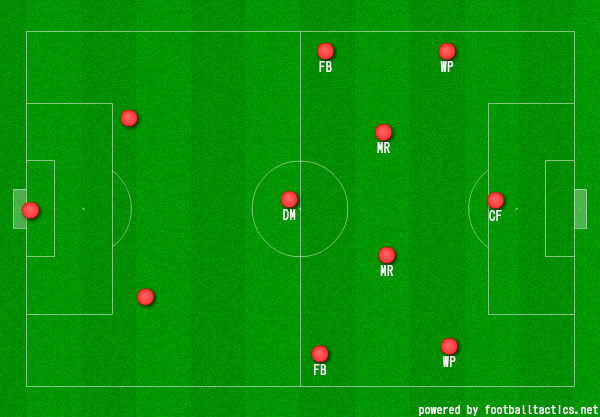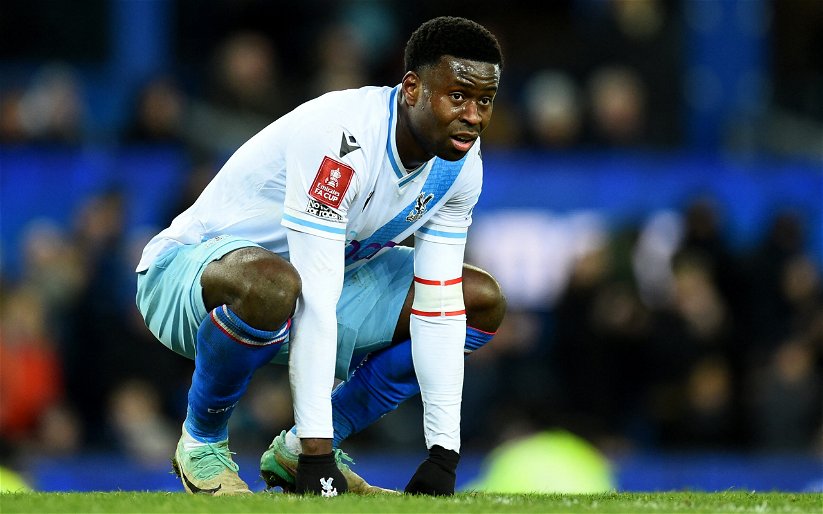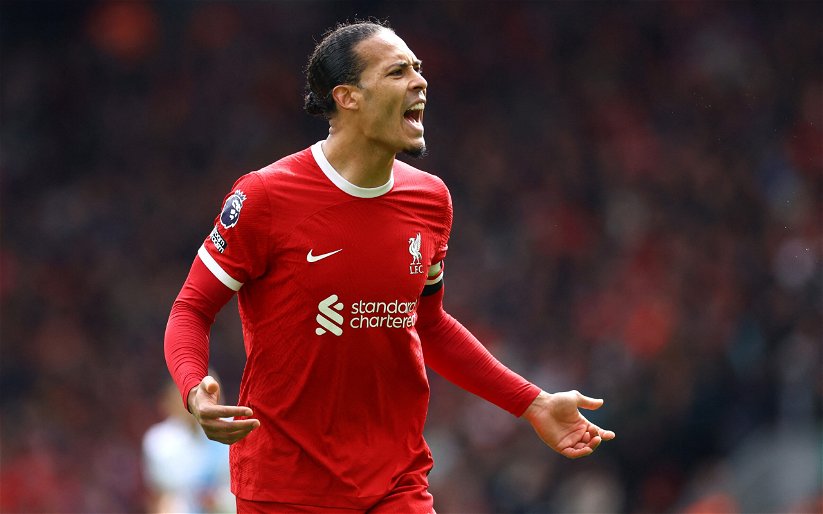We go back two seasons and see Liverpool as genuine title contenders and possibly challenging the elite teams of Europe, even with a poor defense. But since the departure of Suarez (post 2013-14 season) and persisting injuries to Sturridge, the Reds have floundered to acquire a player that can fill the boots of these two strikers.
To go with it, we all know the perennial defensive problems this club has inherited from, I guess from the past 3-4 years, and a lack of goals on top of it just seem to complicate things two-fold. Since, the departure of Carragher, the Reds have struggled to snap up a centre-back of his quality.
So, in one sentence I should say Liverpool haven’t been able to acquire players of the stature they had few years back and now find themselves a mid-table club far away from the dreamland of being ‘title-contenders’.
I’ll not scrap through more history and mock the club’s transfer policies and all, rather I will focus on the attacking problems the Reds are having and analyse a few points where improvements can be made. One major factor is the presence of players in opposition box.
We’ll look through how Liverpool shape when they attack in an open-play and how few changes can lead to something contrasting:

FB – Fullback; DM – Defensive Midfielder; WP – Wide Player; MR – Midfield Runners; CF – Centre Forward
Now these are the position of players when Liverpool are attacking in open-play; we have seen in many games that midfield runners like Can and Henderson are more geared toward supporting wide plays, rather than making inward runs into the opposition box.
Wide players like Lallana and Milner are linking their plays with full-backs but what they should understand is that, if midfield runners are getting wider then they have to tuck-in a yard or two so that more support is there for the centre-forward. Simply making good moves around the box and crossing waywardly because less players are there doesn’t make sense.
The shoot on sight policy has to be implemented regularly; it’s not like shoot from 25 yards or something then don’t shoot if you are 27 yards away. To be honest, shooting has been quite poor compared to our usual standards too.
The key in all these moments is decision-making. One instance in the game against Leicester saw Moreno play a clever ball on the left hand side with acres of space and time. He just had to pick one of the four players around the six yard box and he decided to shoot. This was a terrible decision by the Spaniard and nothing else.
Another thing which should be kept in mind is flexibility of play around the opposition box. Liverpool have been quite pedestrian when teams are defending deep against them and they seem to just pass sideways and don’t seem to get a perfect pass, shot or link up play.
Regardless of all these, having players in the opposition box is a necessity, in whatever attack is to be ventured. Presence in the box will always enable the team to attack the opposition with more menace.
Our game today against Sunderland provides a stern test for the Reds’ forward line to break a deep defending side and be more decisive in the final third. But put in another pedestrian performance at Anfield, especially against a relegation-threatened side, then serious questions of a few attacking players may well be asked.
By Mizgan Ahmed on 5th February, 2016
@mizgans




